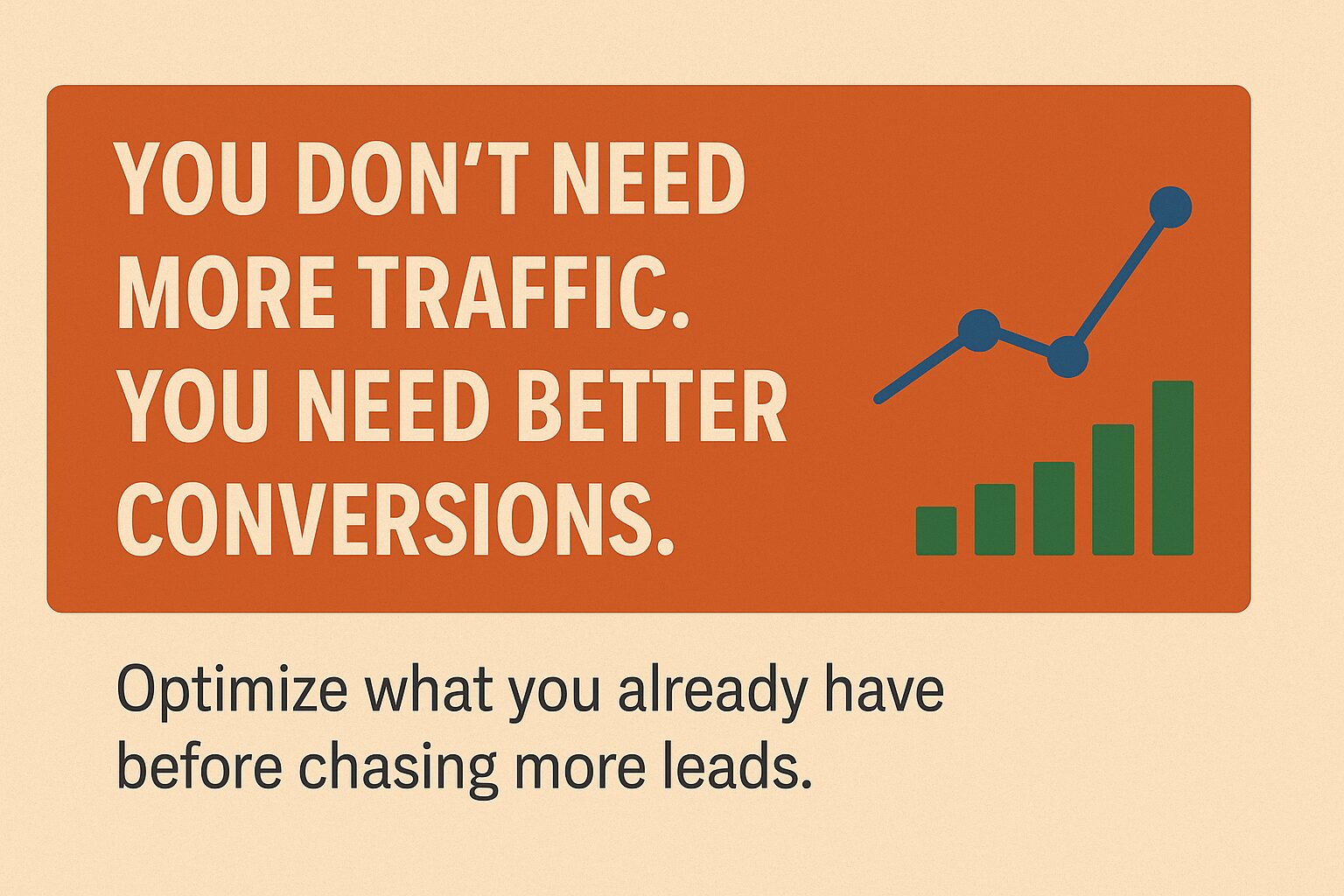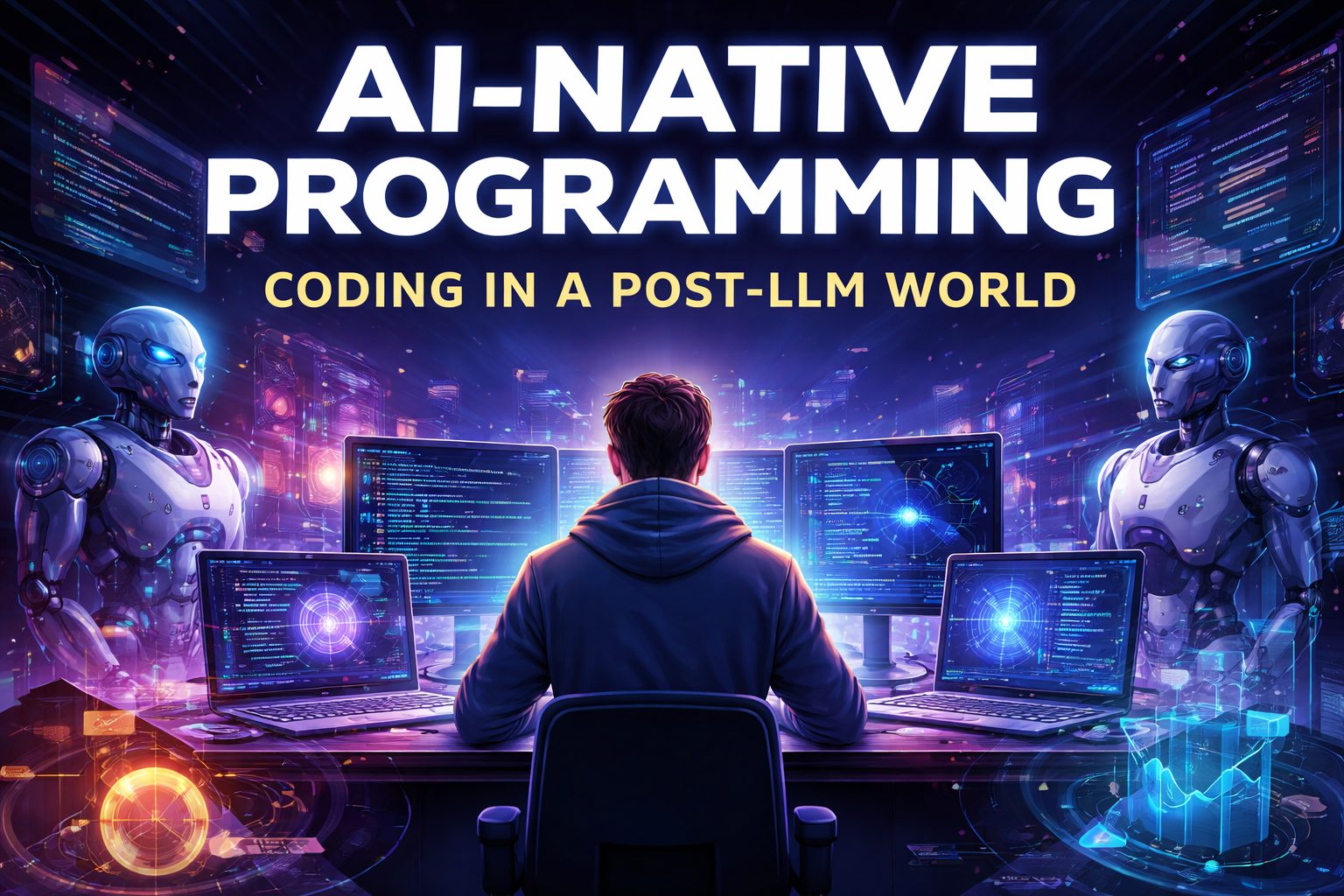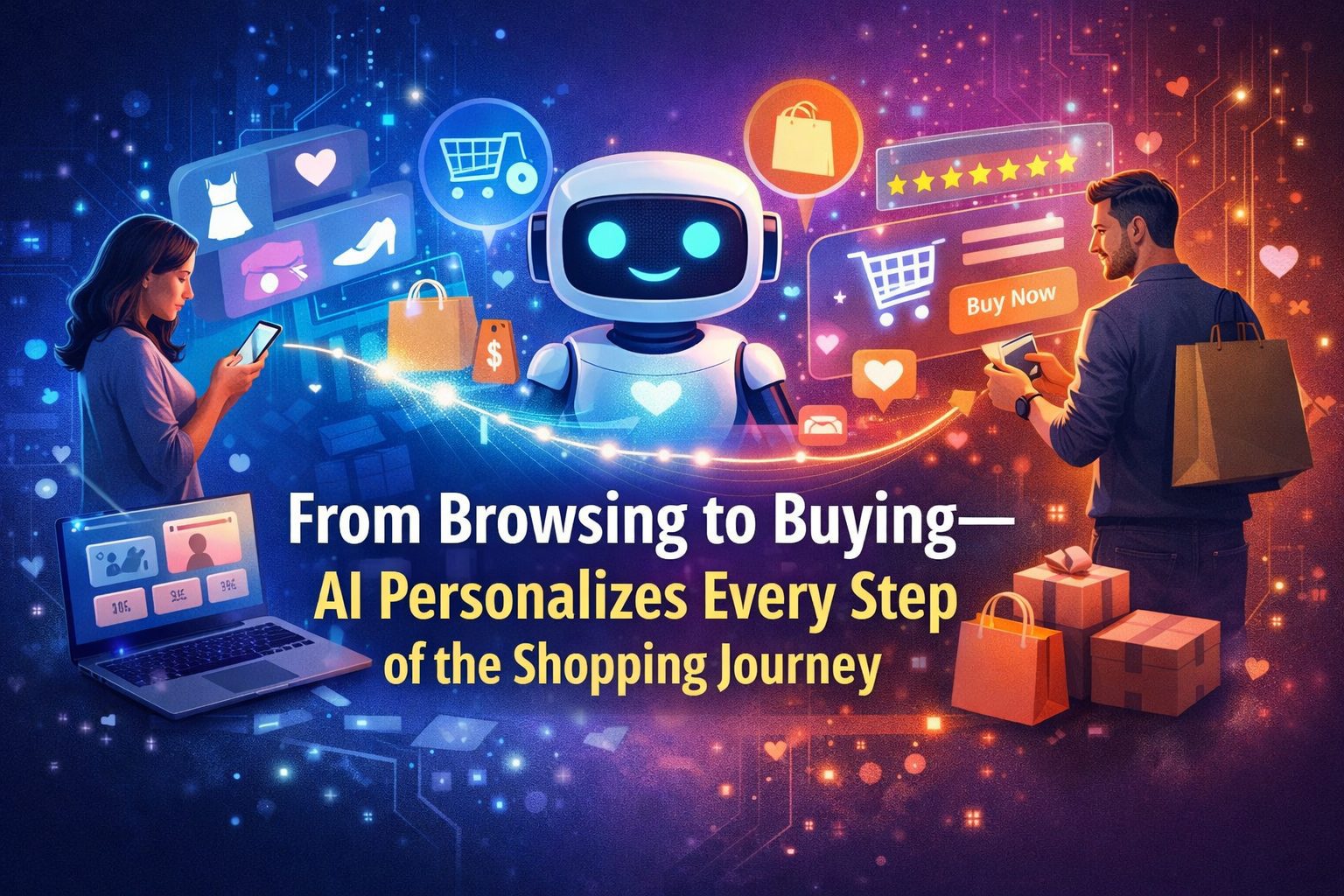In the world of digital marketing, the default instinct when business slows down is: “We need more traffic.” But the truth is, traffic is only half the equation. Without conversions, more visitors just means more people leaving your website without taking action.
Here’s the hard truth: You don’t need more traffic—you need better conversions.
Let’s explore why conversion rate optimization (CRO) is more cost-effective, sustainable, and profitable than dumping more money into traffic generation.
The Problem with the “More Traffic” Mindset
It’s tempting to assume that more traffic equals more sales. But here’s a scenario:
You’re getting 10,000 monthly visitors, but only 1% are converting into leads or customers.
That’s 100 conversions.
Now you decide to double traffic. Great—20,000 visitors!
But if your conversion rate stays the same? You’re now getting 200 conversions.
But what if instead, you kept your traffic steady and optimized your website to convert 2%?
Now your 10,000 visitors generate 200 conversions.
Same traffic. Double the results.
That’s the power of CRO. It costs less, is easier to measure, and drives exponential ROI when executed properly.
Why CRO Beats Chasing Traffic
Here’s why optimizing for conversions trumps a traffic-only mindset:
1. Lower Customer Acquisition Cost (CAC)
It’s far more expensive to bring in new traffic than it is to convert existing visitors.
By increasing your conversion rate, you reduce the cost it takes to acquire each customer.
2. Faster ROI
Traffic generation (via ads, SEO, influencers, etc.) takes time and budget.
CRO, on the other hand, delivers quicker wins. Small changes—like improving headlines, CTAs, or checkout processes—can show results immediately.
3. Better User Experience
Optimizing for conversions often means improving site structure, page speed, and content clarity—all of which lead to a better experience for your users. Happy users stick around, refer others, and build trust in your brand.
4. Scalability
Once your site is optimized, any traffic you add performs better. That’s when it makes sense to scale your traffic campaigns because you’re not wasting leads.
How to Optimize for Better Conversions
So, how do you actually turn more of your current visitors into customers? Here are key areas to focus on:
1. Audit Your User Journey
Identify where people drop off. Use tools like:
Google Analytics
Hotjar/Clarity (for heatmaps and session recordings)
Funnel visualization tools
This helps you spot friction points—slow-loading pages, confusing navigation, or poor mobile UX.
2. Simplify Your Calls to Action
Too many options overwhelm visitors.
Each page should have one clear CTA (Buy Now, Book a Call, Download Guide, etc.)
Make it visible, compelling, and benefit-driven.3. Build Trust with Social Proof
Add testimonials, reviews, trust badges, certifications, and client logos.
People buy from people they trust—especially online.4. Optimize Page Load Speed
A 1-second delay can reduce conversions by up to 7%.
Use Google PageSpeed Insights and GTmetrix to identify and fix speed issues.5. A/B Test Everything
Split-test headlines, buttons, layouts, offers, and CTAs.
Even a small uplift in button color or text can have a surprising impact on conversion rate.6. Use Exit-Intent Popups Wisely
Instead of letting visitors leave empty-handed, offer them something of value before they go—like a discount, lead magnet, or consultation.
Real-World Case Study: CRO in Action
One of our SaaS clients was spending heavily on Google Ads, driving ~30,000 visits per month but converting at just 1.2%.
We paused all traffic campaigns and ran a full CRO audit.
Key improvements made:
Simplified landing page layout
Rewrote headlines to focus on user outcomes
Added real-user testimonials and a live chat widget
Reduced form fields from 6 to 3
Within 6 weeks, the conversion rate improved from 1.2% to 3.4%.
Same traffic. Nearly 3X more leads.
Only after this optimization did we restart ad campaigns—and their ROI doubled.
When Should You Focus on Traffic?
CRO is not a replacement for traffic growth—it’s the foundation.
Once your website is efficient at converting, scaling traffic makes sense.
Think of it like this:
CRO = building a leak-proof funnel
Traffic = pouring more water in the funnel
Without plugging the leaks, you’re just wasting water.
Conclusion: Fix the Funnel First
Before you chase more clicks, ask yourself:
Is my site doing the best it can with the traffic I already have?
Because in most cases, you don’t need more traffic—you need better conversions.
The businesses that thrive long-term are the ones that optimize before they scale.







